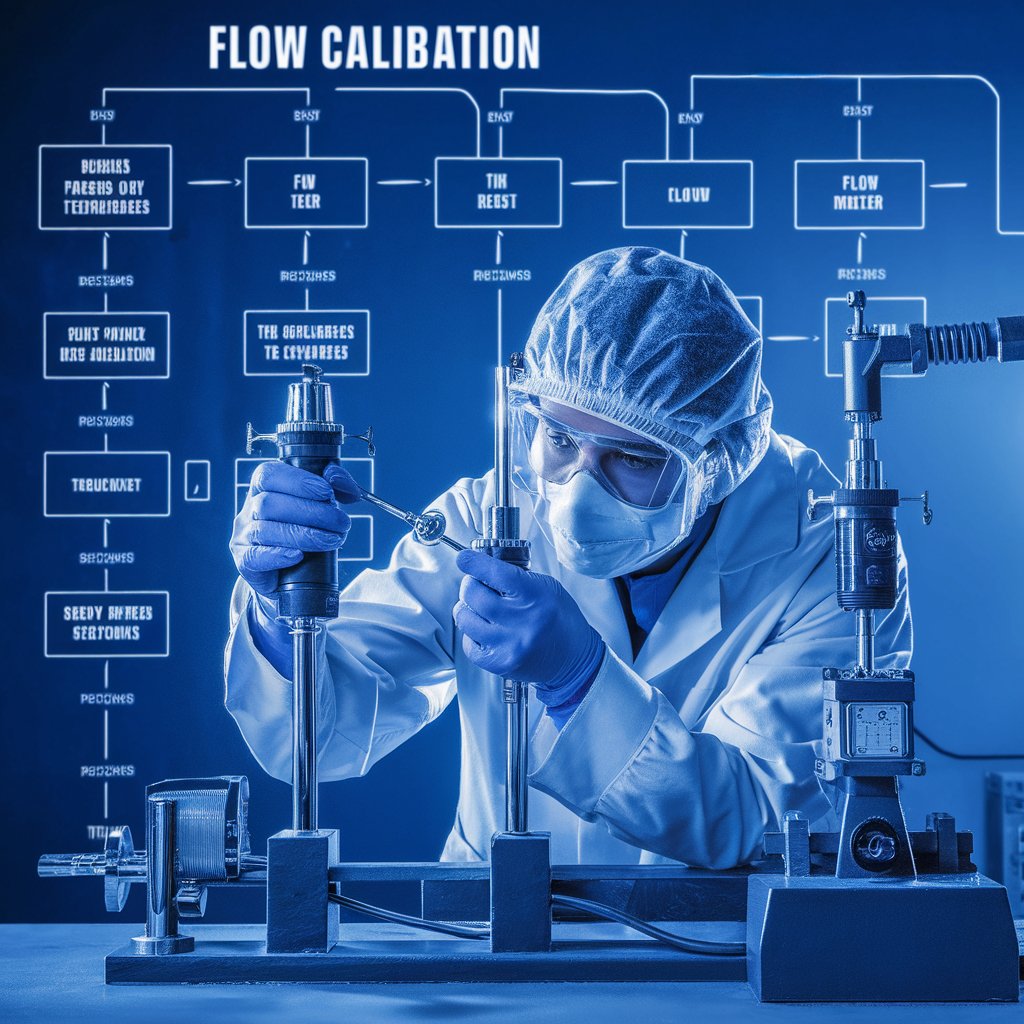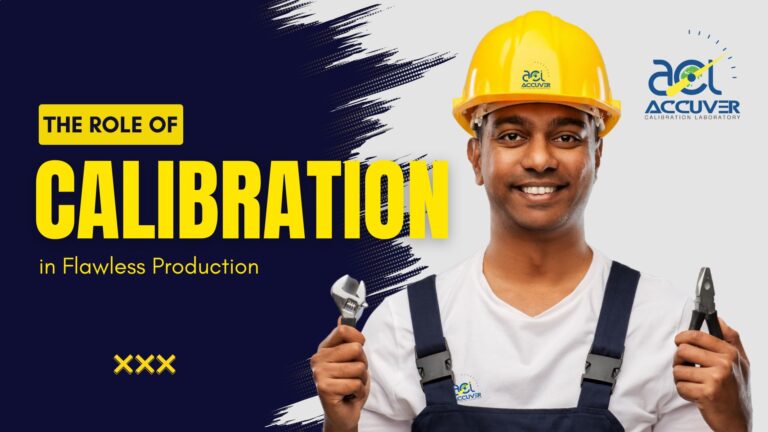Introduction
Flow calibration is critical in various industries, ensuring that flow meters and other measurement devices provide accurate and reliable data. Accurate flow measurements are essential for quality control, regulatory compliance, and optimizing operational efficiency. This blog will explore the best practices and techniques for achieving precise flow calibration.
Understanding Flow Calibration
What is Flow Calibration? Flow calibration involves comparing the output of a flow meter with a known standard to ensure its accuracy. This process helps identify any deviations and adjust the meter accordingly.

Why is Flow Calibration Important?
- Accuracy: Ensures that the measurements are correct and reliable.
- Compliance: Meets regulatory standards and industry guidelines.
- Efficiency: Optimizes processes by providing accurate data for decision-making.
Best Practices for Flow Calibration
Regular Calibration
Regular calibration is essential to maintain the accuracy of flow meters. The frequency of calibration depends on the device type, usage, and industry standards. Typically, flow meters should be calibrated at least once a year, but high-usage meters may require more frequent calibration.
Use of Traceable Standards
Always use calibration standards that are traceable to national or international standards. This ensures that your calibration process is accurate and reliable. Traceability provides a documented chain of comparisons, ensuring measurement accuracy.
Proper Installation and Maintenance
Ensure that flow meters are correctly installed and maintained. Factors such as pipe alignment, temperature, pressure, and the presence of air bubbles can affect the accuracy of flow measurements. Regular maintenance helps in identifying and rectifying any issues that could impact calibration.
Environmental Considerations
Take into account environmental factors such as temperature, humidity, and pressure during calibration. These factors can influence the accuracy of the measurements. Ensure that the calibration environment closely matches the operational environment of the flow meter.
Documentation and Record-Keeping
Keep detailed records of all calibration activities, including the calibration method, standards used, and any adjustments made. This documentation is crucial for compliance purposes and helps in tracking the performance of the flow meters over time.
Techniques for Flow Calibration

Gravimetric Method
The gravimetric method involves measuring the mass of fluid passing through the flow meter over a known period. This method is highly accurate and is often used as a primary standard for calibrating other flow meters.
Volumetric Method
The volumetric method measures the volume of fluid passing through the flow meter. This technique can be used for both liquids and gases and is suitable for a wide range of flow rates.
Master Meter Method
In the master meter method, a calibrated master meter is used as a reference to calibrate other flow meters. This technique is effective for in-situ calibration, where the flow meter cannot be removed from the process line.
Comparison with Standard Flow Devices
Using standard flow devices, such as turbine meters or ultrasonic flow meters, can provide a reference point for calibration. This comparative method is useful for ensuring the accuracy of flow meters in the field
Conclusion
Ensuring the accuracy of flow measurements through proper calibration is vital for the efficiency and reliability of various industrial processes. By following best practices and employing appropriate calibration techniques, you can maintain the accuracy and reliability of your flow meters. Regular calibration, proper documentation, and the use of traceable standards are key to achieving precise flow calibration.





Can you suggest good calibration company
Yeah Sure , Accuvercalibration.com –one of the leading Calibration company.